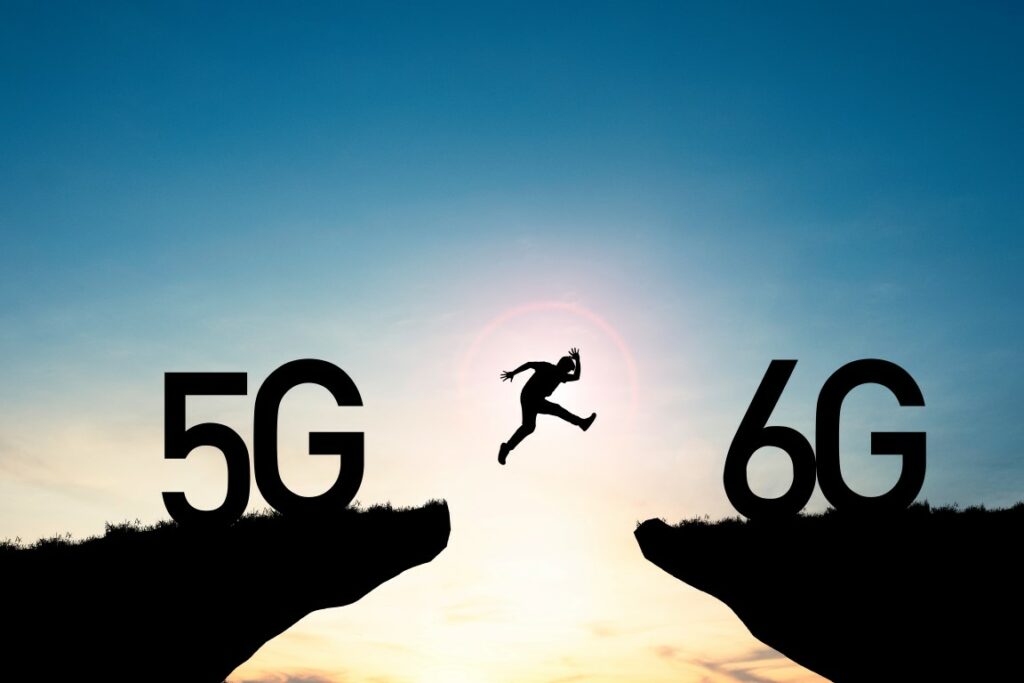The Next G Alliance believes that 6G and 5G will coexist for an extended period, as future 6G systems will be an evolution of 5G rather than a replacement technology.
As was the case with previous generations of wireless technologies, once 6G systems emerge around 2030, they will coexist with 5G and 5G Advanced technologies for a considerable amount of time.

According to Ian Wong, director of RF and wireless architecture at Viavi Solutions, the coexistence of 5G and 6G networks will likely be more seamless than that of 4G and 5G networks, as 5G networks were designed with a more flexible framework than 4G networks. Wong believes that the flexibility of 5G network architecture will pave the way for a future period of coexistence between these technologies.
“5G and 6G will need to coexist for an extended time. Deploying new network equipment is time consuming and expensive. Network operators who make the significant capital investment in deploying 5G infrastructure are not going to stop using it any sooner than they must, to extract the maximum profit from their investment. It’s easy to predict [that] 5G will remain active and in use for many years after 6G is available. Unlike previous generations, more functionality for 5G is being done in software and the RAN is becoming more disaggregated and cloud-based. This will allow for more upgrades between 5G and 6G without costly new deployments, but there will always be pieces of the network that will still require hardware upgrades or new installations.”
Sarah LaSelva, director of 6G marketing at Keysight Technologies.
Patrik Persson, 6G program manager director at Ericsson, noted that 6G will operate in a wide range of frequencies, from below 1 GHz to 100+ GHz, where low- and mid-band spectrum will continue to be important, complemented by higher frequency bands in the mmWave and sub-THz range.
“Hence, it is very important to coexist with 5G using a small number of well-defined alternatives for interworking. Dynamic spectrum sharing is a key technology and needs to be included in 6G from the very beginning to enable a fast and smooth migration to 6G as existing spectrum assets can be used.”
Patrik Persson
According to Hiroaki Sato of Fujitsu’s 6G Infrastructure Group, Future Society and Technology Unit, the coexistence of 5G and 6G is crucial because the majority of telecommunications carriers are expected to introduce 6G in stages, as was the case with previous generations. Sato added that 6G alone may be available for local use or specific use in the industrial sector centered on private communication networks, which would facilitate the coexistence of the two technologies.
Future 6G systems will be an evolution of 5G, not a replacement technology, according to Mike Nawrocki, managing director of the Next G Alliance, who believes that 6G and 5G will coexist for an extended period of time.
“6G will be built on top of 5G, and it will also extend many 5G applications, so like any previous generation technology, there is an overlap period. In the last couple of years, we’ve seen operators in the U.S., beginning to retire 3G technology. So there was a very long overlap period. We’d expect the same with 6G. So obviously, it will not be a kind of a replacement technology, it’s much more of an evolution, where 6G brings in new capabilities built upon where 5G was successful. But there is probably going to be a relatively long coexistence period between 6G and 5G technologies.”
Mike Nawrocki
Source: RCR Wireless
































